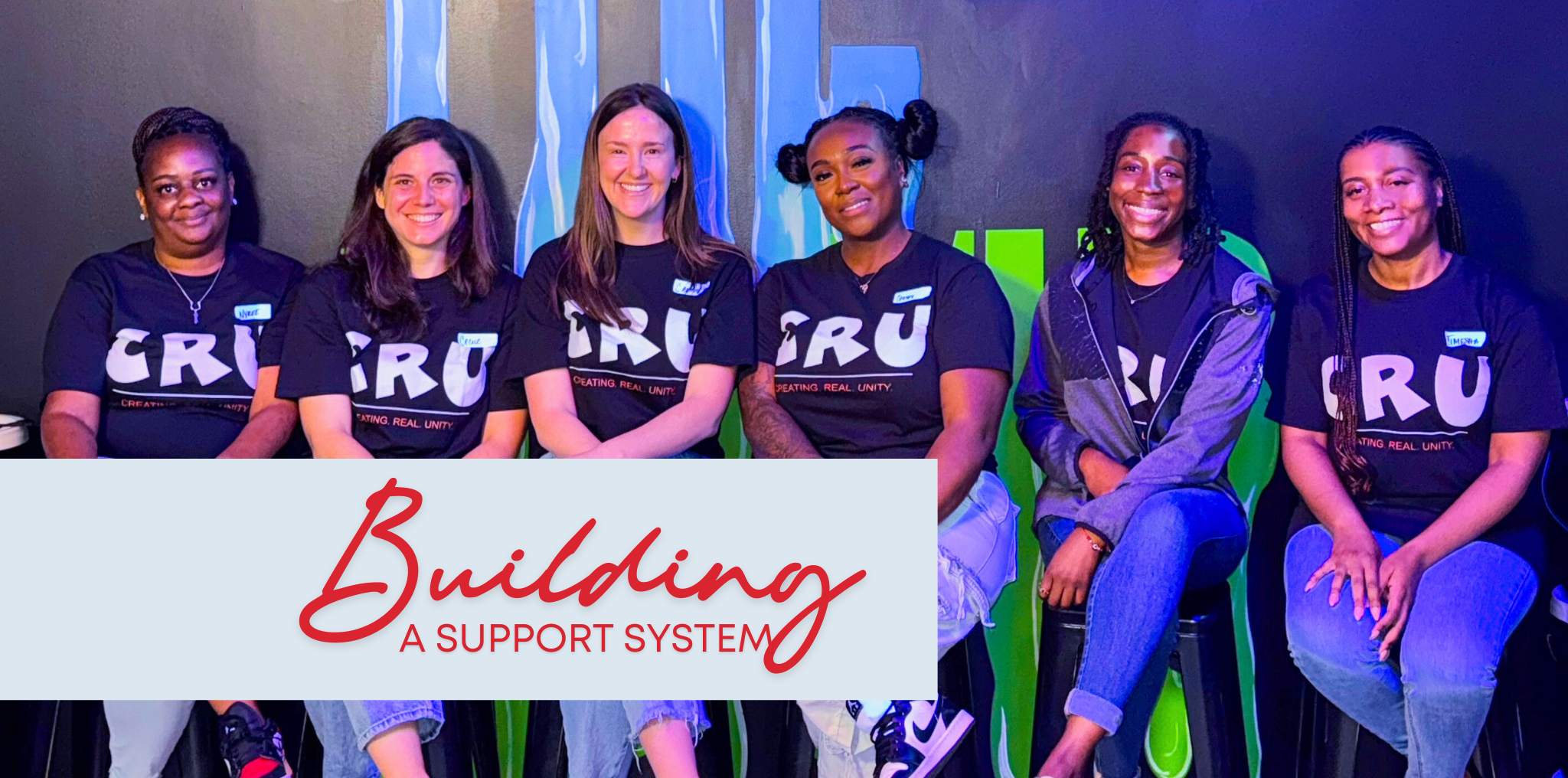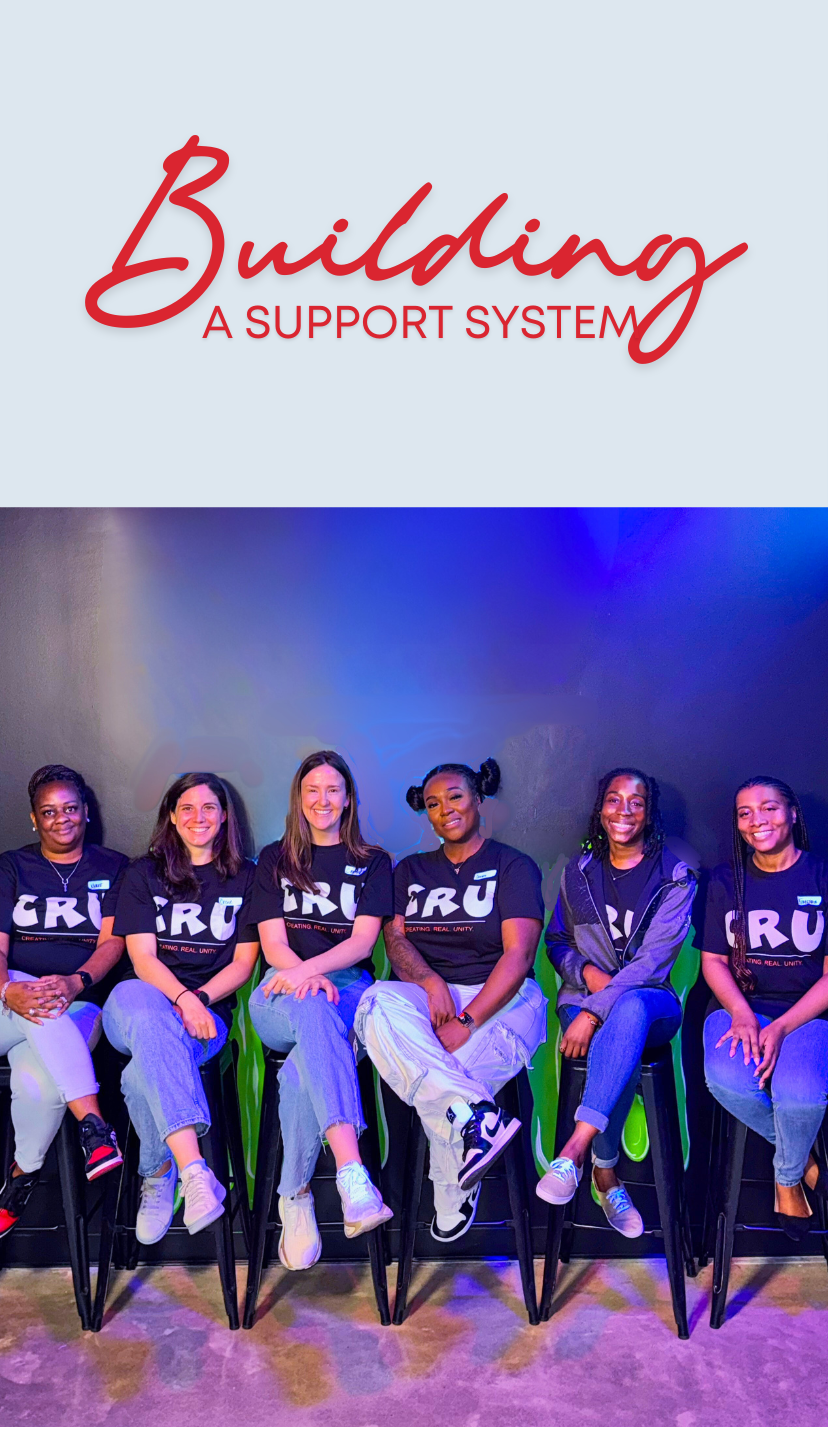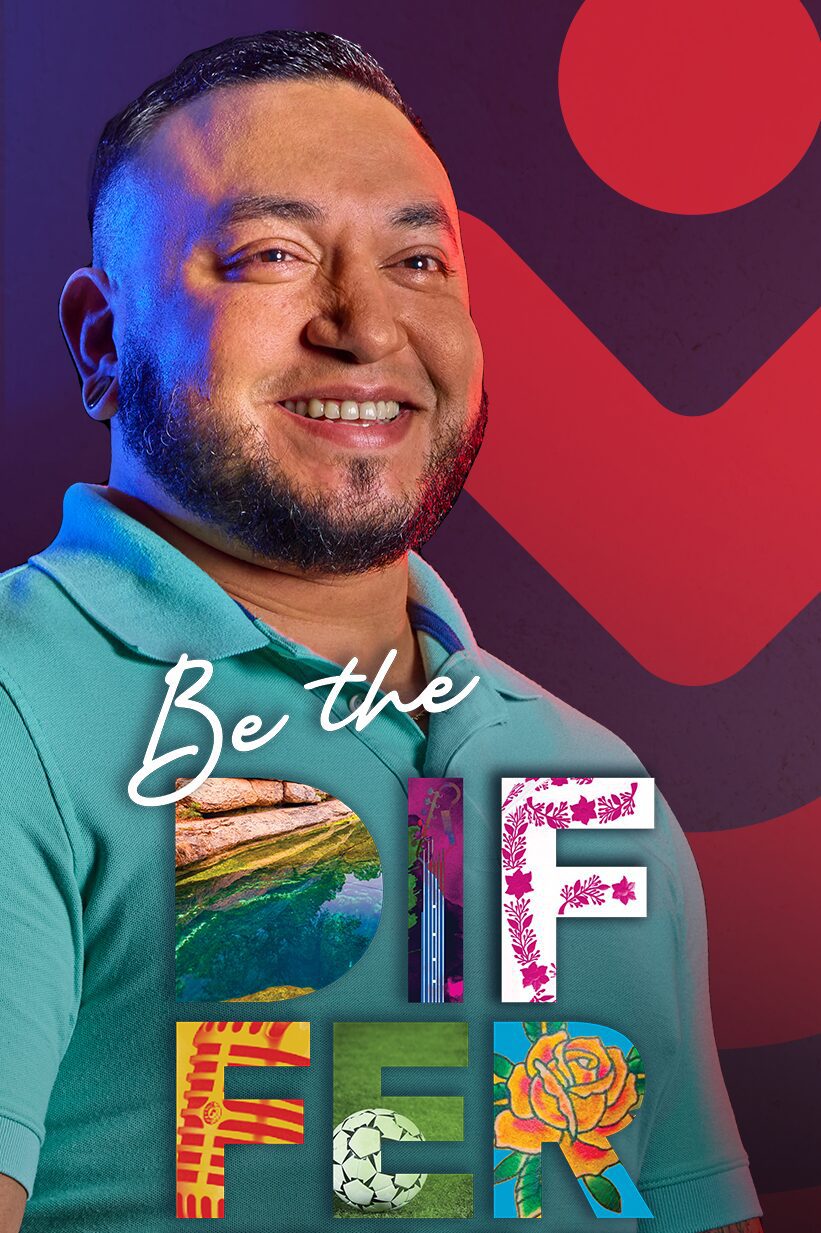How Two Texas Children’s Social Workers Built a Support System for Teens with Sickle Cell
When Chasity Woodard and Carrie Beckham, hematology social workers at Texas Children’s, volunteered at Sickle Cell Camp in the summer of 2024, they expected fun, bonding, and a break from the weight of sickle cell disease. What they didn’t expect was the spark of inspiration as they realized something was missing in the lives of the teens they serve every day.
There are an estimated 100,000 people living with sickle cell disease in the United States. Texas Children’s has been a leader in pediatric sickle cell care since the 1970s, helping drive advances that have significantly improved childhood survival rates over the past 50 years. Today, we care for approximately 1,300 children with sickle cell disease across our campuses, including more than 800 at the Texas Medical Center campus alone.
“Blood flows everywhere in your body,” explains Dr. Titilope Fasipe, Co-Director of Texas Children’s Sickle Cell and Thalassemia Program. “So, the complications of sickle cell can be anywhere in the body.” In adolescence, those complications often include chronic pain, isolation, and the onset of mental health challenges such as anxiety and depression.
For more than a decade, Texas Children’s has recognized the importance of wraparound psychosocial support. CRU is a natural extension of that commitment.
“We witnessed something powerful at camp,” Chasity says. “Teens with sickle cell lit up in the presence of others who looked like them, moved like them, and understood them without needing to explain.” The experience was a catalyst for action driven by necessity and love for some very special patients.
Chasity and Carrie returned from that experience with a vision: to create a space where teens with sickle cell could find lasting connection, be seen beyond their diagnosis, and build strength through each other. That vision became CRU: Creating Real Unity.
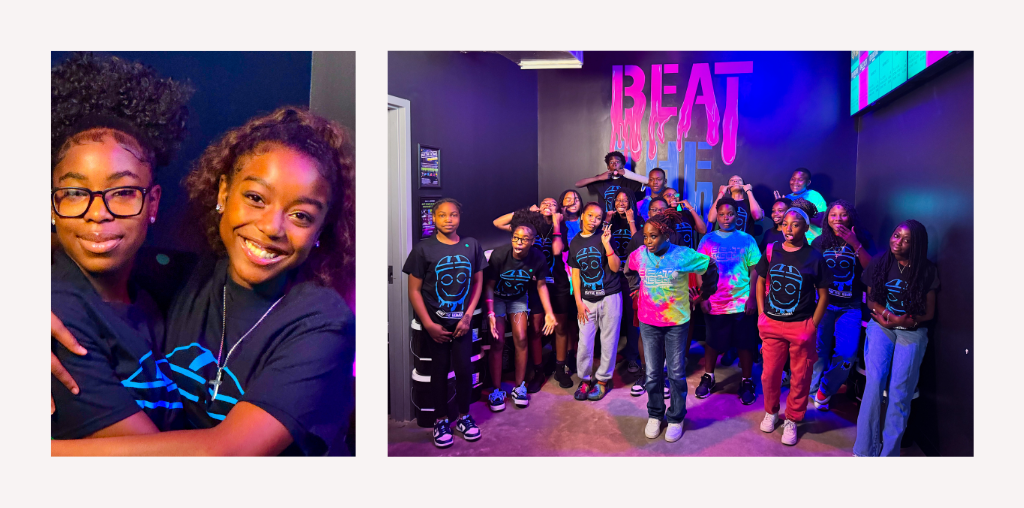
A Bold New Approach to Teen Sickle Cell Support
CRU is a therapeutic support group designed specifically for teens across all three Texas Children’s Hospital campuses in the Houston area. Each quarterly event is held off-site, in environments that encourage freedom, joy, and honesty. No siblings. No parents. No hospital walls.
“Our mission is to curate a space where sickle cell teens are seen, heard, and safe,” Chasity says. “A space where support is not seasonal, but consistent. And where healing takes root beyond the clinic in the soil of community and connection.”
That intentionality shapes every decision. The events are four hours long and are held on Saturdays to give teens the time and space they need. By design, parents are not present. “Nothing says awkward like trying to talk about real life while your mom is in the corner,” Chasity explains.
Each event blends fun and therapeutic focus. Teens have engaged in immersive group experiences like indoor karting and team-based puzzle games. But these aren’t just outings; they’re structured opportunities to build confidence, explore mental health, and discuss life with others who truly understand.
The program was born from insight, but it took collaboration to grow. Chasity and Carrie brought their idea to Sickle Cell and Thalassemia Program Co-Directors Dr. Fasipe and Dr. Venee Tubman, who encouraged them to build boldly. “We said we want to give these teens a space where they are not patients, but people. Not just a diagnosis, but someone with a voice,” Chasity recalls. “And our leaders said, ‘Go for it.'”
The program has received strong backing from the Department of Social Work and psychosocial leadership, including Michelle Lawson, Tara Kerr, Quinn Franklin, Maggie Lampe, and Erica Figueroa. Nurses and medical providers also volunteer to participate alongside the teens.
Tackling Isolation with Community
For many teens, sickle cell disease brings more than pain. It brings anxiety, depression, and isolation—struggles that are often invisible. Through psychosocial assessments and years of patient relationships, the CRU planning team recognized that what teens needed was connection.
“Mental health challenges tied to sickle cell are often invisible, overlooked, and unspoken,” Chasity explains. “And the consistent, life-giving connection every teen deserves is too rare.”
By moving the program out of the hospital and into real-life spaces, CRU gives teens a sense of relief, not another reminder of their condition. The team was intentional about ensuring this wasn’t just another medical appointment, but something more liberating. “CRU must represent freedom. Relief, not another reminder. Real life, not just a sick life.”
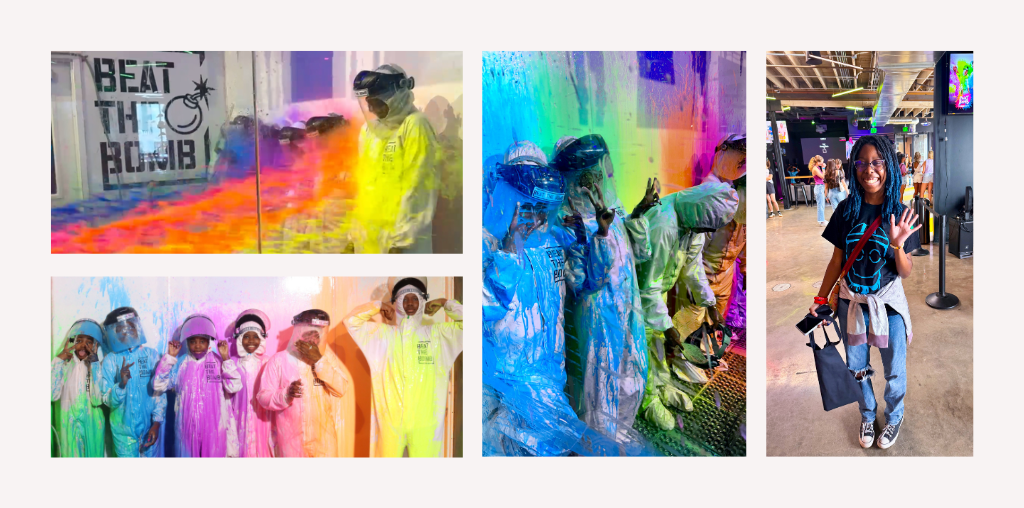
A Growing Community
CRU launched in March with a kickoff at Andretti’s Indoor Karting and Games. By May, attendance had nearly doubled at a follow-up event called Beat the Bomb—a high-energy, immersive team-building experience with a messy, colorful finale.
Eighteen teens participated in the May event, and they didn’t just show up, they suited up for connection and teamwork. “These events are amazing,” one parent shared. “The part my daughter loves the most is seeing her actual provider and nurses and staff participating.”
Teens now recognize one another in clinic and build friendships across campuses. As Chasity describes it, “CRU is where connection gets real and teens get their power back.”
Join Our Team
CRU shows what happens when empathy leads, and employees are encouraged to act on what they know their patients need most. At Texas Children’s, team members at every level are empowered to turn bold, meaningful ideas into real support.
If you’re driven to build something that matters, join the team at Texas Children’s Hospital. Explore our careers and apply today.

